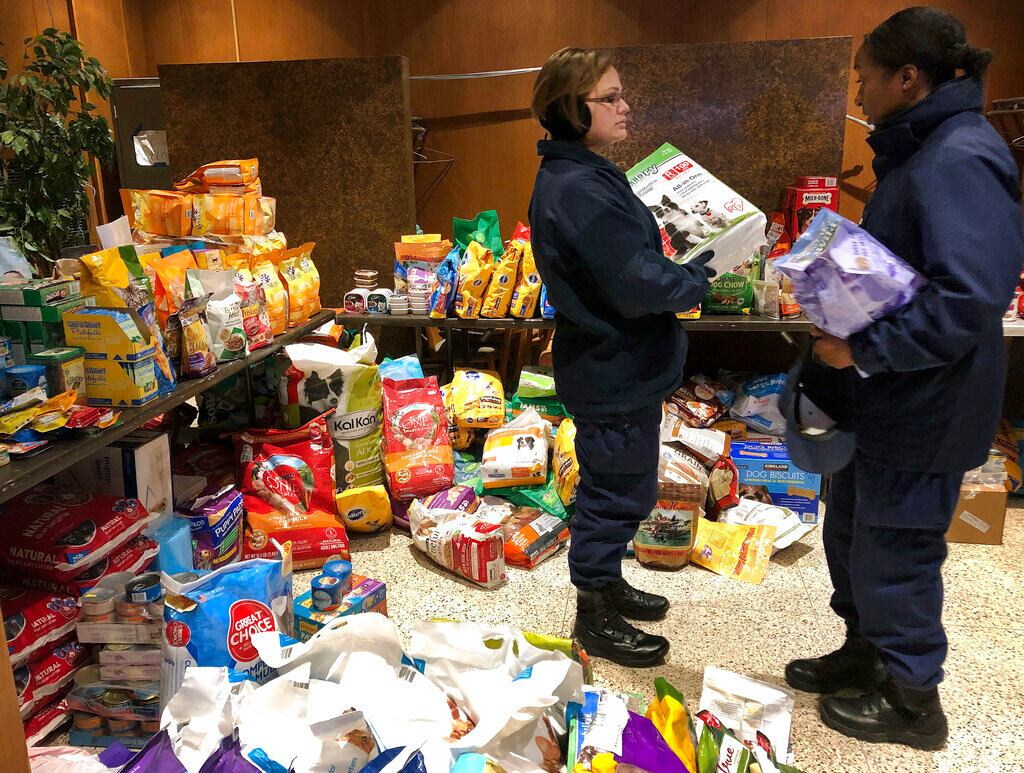The Air Force now has about 4,000 fewer maintainers than it needs, the nominee to become the next chief of staff said Thursday.
In a confirmationnomination hearing before the Senate Armed Services Committee, Gen. David Goldfein said that as the Air Force tries to rebuild its manning levels "a significant number of the additional manpower coming in are just going to go into maintenance."
The Air Force is now at roughly 311,000 airmen, which is the smallest it's been since 1948, the year after it was stood up as its own independent service. By the end of the year, the service hopes to bring that back up to 317,000.
Goldfein told Sen. Tim Kaine, D-Virginia, that while maintainers are stretched thin, the Air Force helps meet its maintenance needs by having Air National Guardsmen and Air Force reservists work alongside active-duty airmen.
"If you go into the cockpit of a C-17 and ask who's in active, who's Guard and who's reserve, all three hands will go up very often," Goldfein said. "So we truly are one Air Force."
But the Air Force won't be able to restore its maintenance career field to full health right away, Goldfein said. It takes up to two years to train new maintainers with the proper skill sets to get them qualified to do basic maintenance, and then it takes another five years before they can become supervisors, he said.
While that slow rebuilding process happens, Goldfein said, the Air Force has to carefully manage its existing active, Guard and reserve maintenance forces to ensure they can keep up with the service's current high operations tempo. And Goldfein doesn't expect that high ops tempo — stretched by challenges such as Afghanistan, the fight against the Islamic State, Russian aggression, and ongoing tensions with North Korea — to lessen during his tenure as chief of staff, if he is confirmed.
Goldfein also said the Air Force will also have to roll out new weapons systems, such as the F-35, which will also require maintainers.
Goldfein also told committee Chairman Sen. John McCain, R-Arizona, that the Air Force's pilots at their home stations are now flying fewer training hours than in past years — partly because of a shortage of critical maintainers.
"And when you add that up to the age of the aircraft, it makes them harder and harder to keep airborne," Goldfein said. Both have "That has both contributed to fewer a less number of flying hours we have available for training,." he said.
Pilots who are forward deployed to places like the Middle East, on the other hand, "are actually at a high state of readiness and they're all flying a significant number of hours," Goldfein said.
Stephen Losey is the air warfare reporter for Defense News. He previously covered leadership and personnel issues at Air Force Times, and the Pentagon, special operations and air warfare at Military.com. He has traveled to the Middle East to cover U.S. Air Force operations.





